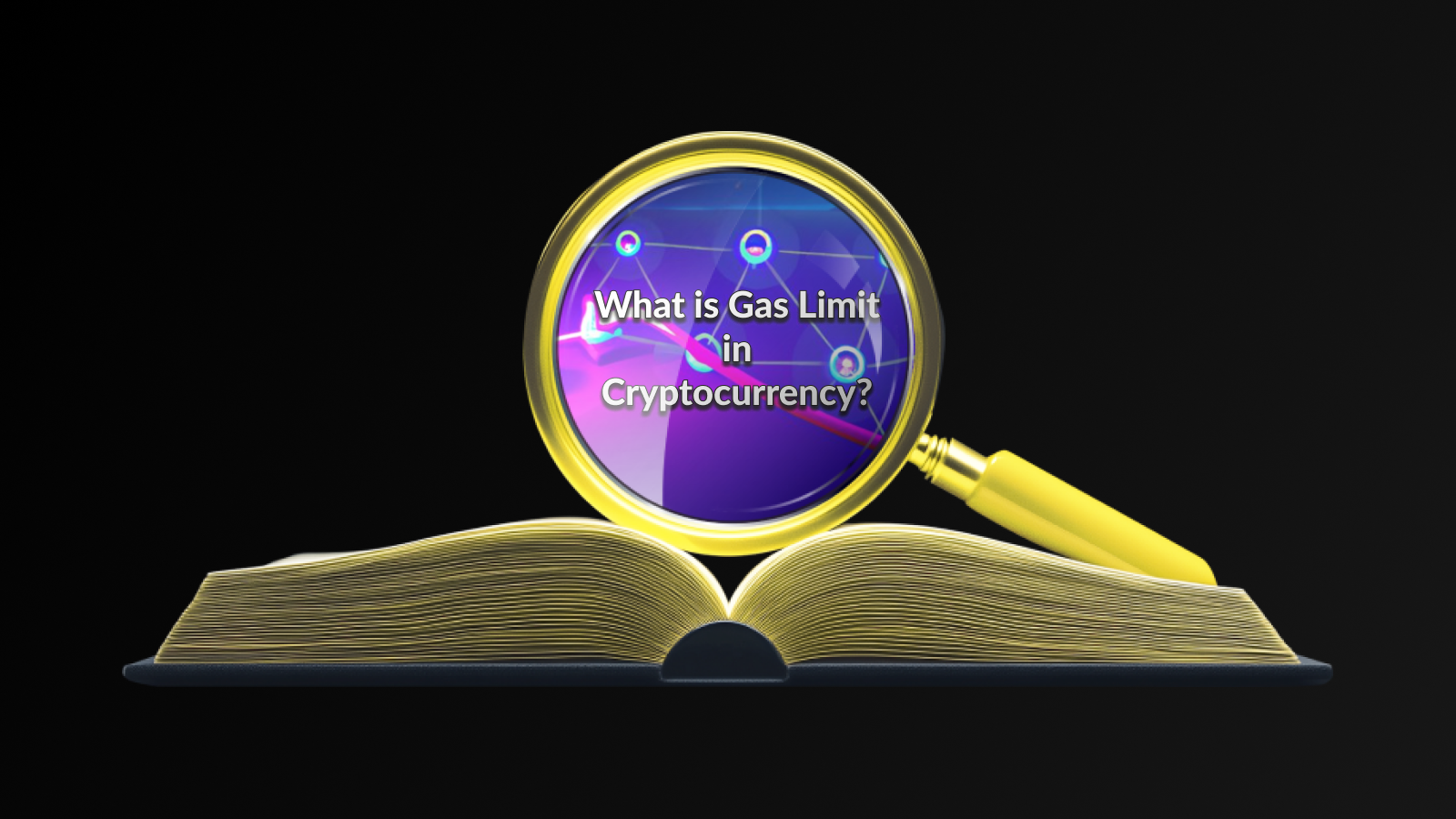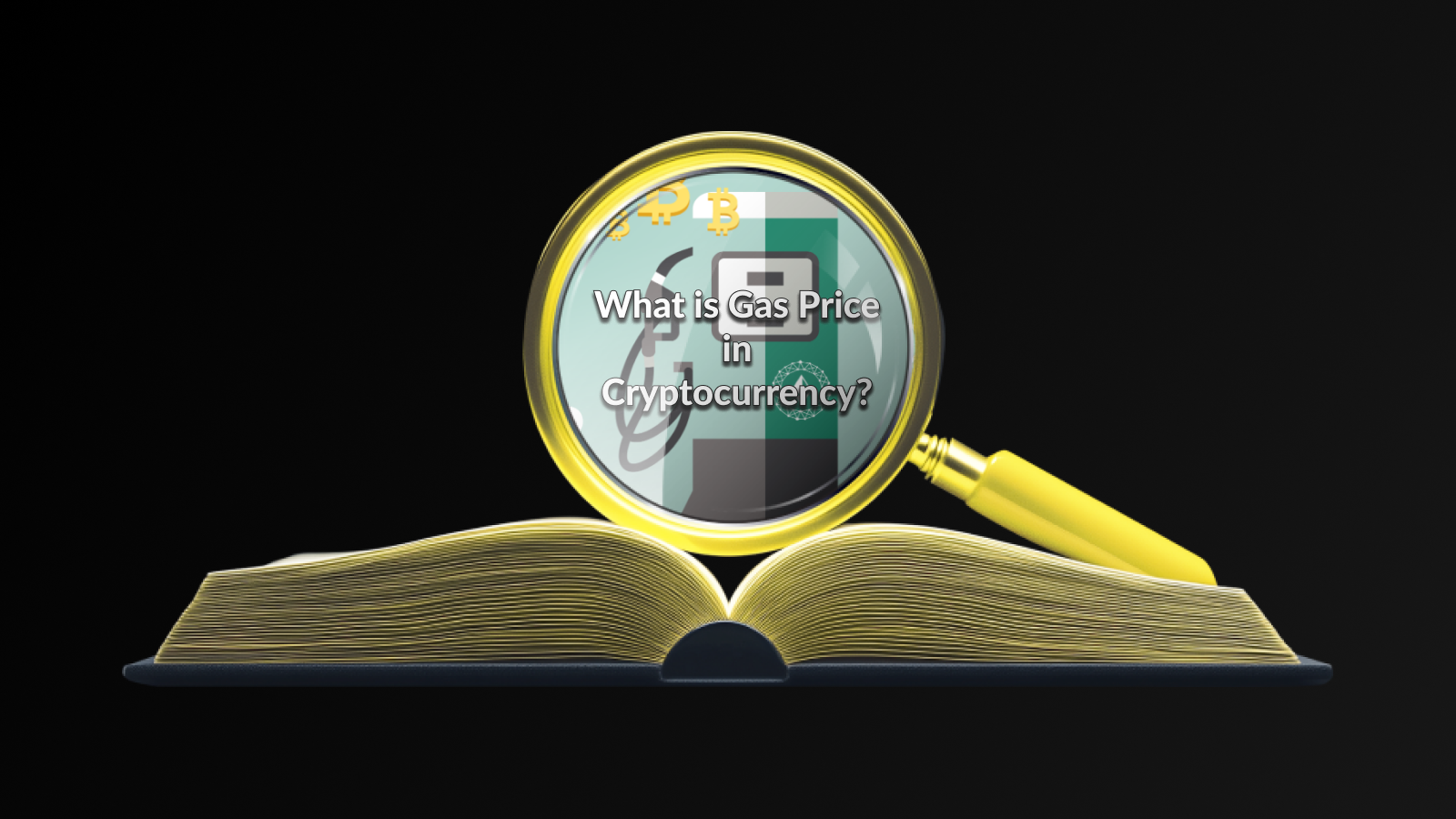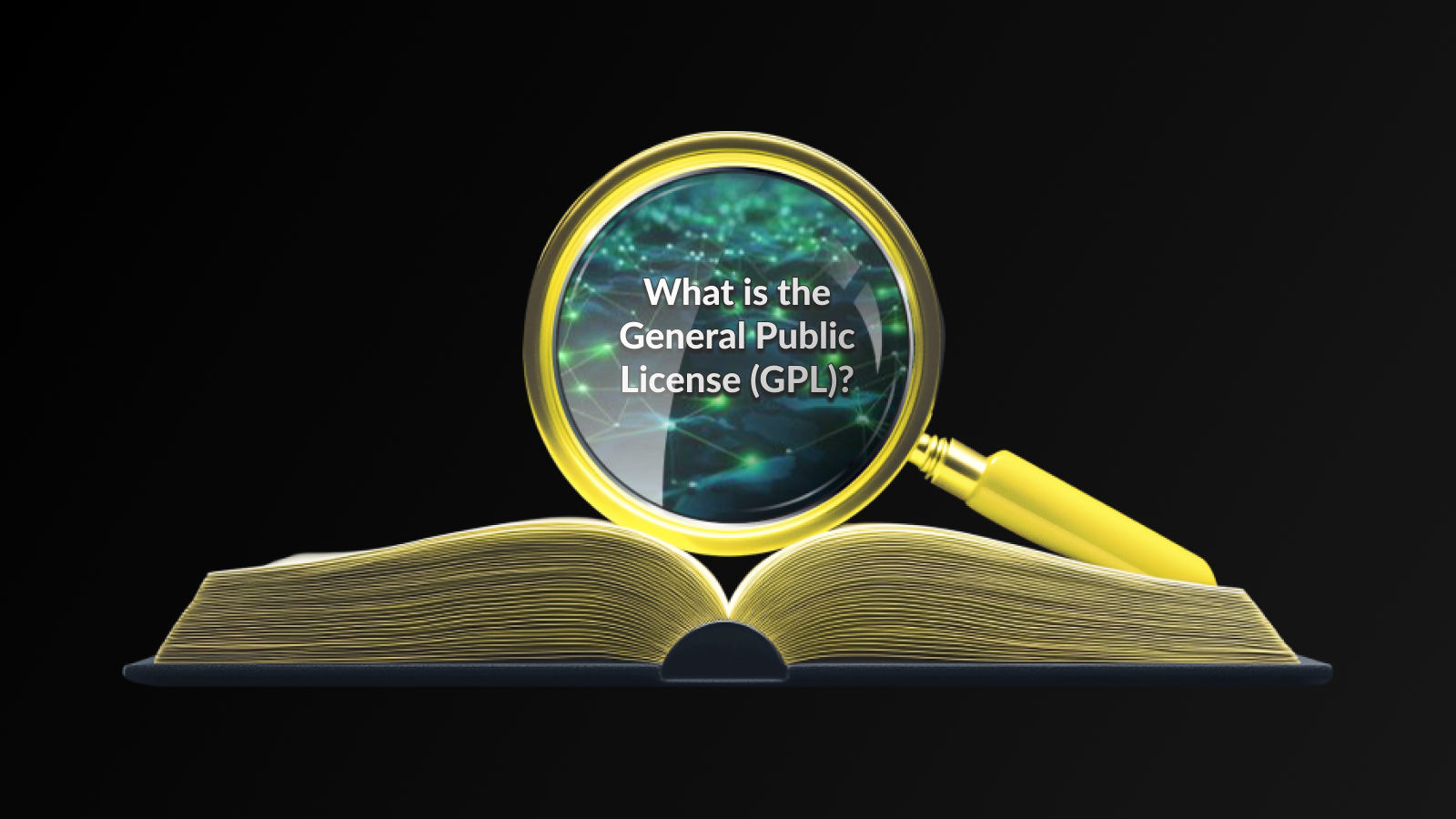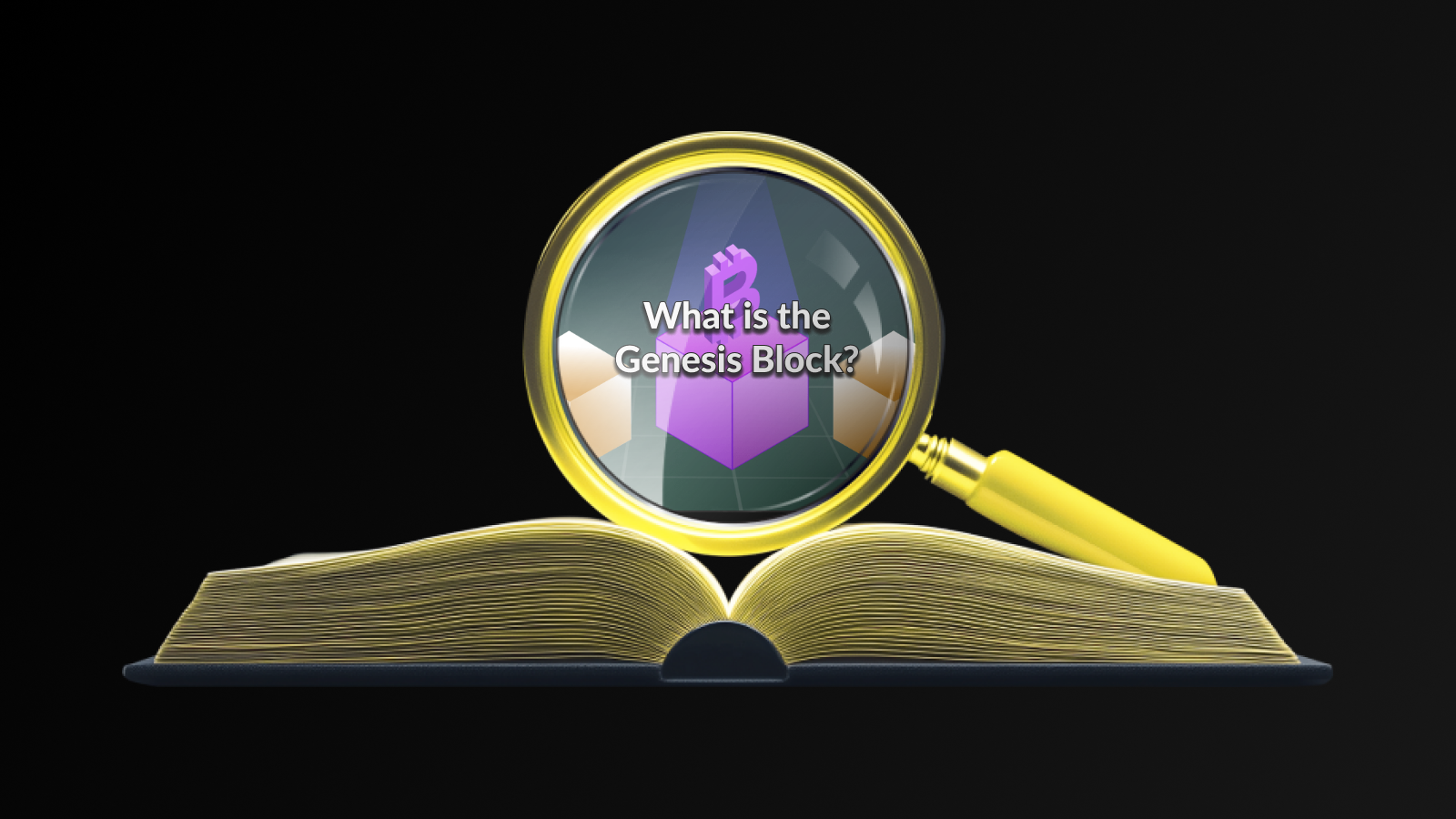Introduction
Explore the significance of gas limits in blockchain, their impact on Ethereum, and tips for optimizing them to lower transaction costs.
The term Blockchain gas limit refers to the maximum amount of computational work that can be done in a single transaction on a blockchain network. This limit is essential for ensuring that the network operates efficiently, preventing spam attacks and ensuring fair use of resources among users. Understanding this concept is particularly vital for users engaging in transactions on platforms like Ethereum, where Ethereum transaction fees can fluctuate significantly based on network activity.
Setting an appropriate gas limit is crucial, as it determines how much you are willing to pay for the transaction to be processed. If the limit is set too low, the transaction may fail to execute, leading to wasted time and money. Conversely, setting it too high can result in unnecessary costs, especially during times of low network congestion.
In Ethereum, for instance, the gas limit can be adjusted by the sender to suit their needs, reflecting fluctuations in traffic and transaction complexity. Knowing how to optimize this limit can greatly influence the overall cost-effectiveness of transactions, allowing users to navigate the blockchain space more efficiently.
This balance between gas limit and transaction fees is a critical consideration for both casual users and developers, whose applications rely on timely and cost-effective interactions with the blockchain. Properly managing the gas limit can lead to smoother transactions and significant savings over time.
Why is Gas Limit Important in Blockchain Transactions?
The blockchain gas limit plays a critical role in ensuring the efficiency and reliability of blockchain transactions. It represents the maximum amount of gas that a user is willing to spend on a transaction, acting as a cap on the computational resources required to execute that action. Without an appropriate gas limit, a transaction can end up consuming significantly more resources than anticipated, leading to failures or delays in processing.
One of the primary reasons that understanding the gas limit is essential is due to its direct impact on Ethereum transaction fees. When gas prices rise during periods of high demand, users must carefully analyze their gas limits to avoid overpaying for transactions. By accurately setting the gas limit, users can ensure their transactions are confirmed in a timely manner without incurring excessive costs.
Moreover, a well-defined gas limit also contributes to network stability. When users set gas limits that align with the actual computational requirements of transactions, it reduces the likelihood of network congestion. This is especially important on platforms like Ethereum, where high traffic can lead to significant delays and inflated fees, potentially disrupting trade or critical operations for users and dApps alike.
Understanding and properly managing the gas limit are fundamental for anyone looking to engage in blockchain transactions effectively. As the landscape continues to evolve, users who navigate these nuances will have a distinct advantage in optimizing their transaction strategies.
How Gas Limit Impacts Ethereum and Other Networks
In the context of Ethereum transaction fees, the gas limit plays a crucial role in determining how much users pay for their transactions. On the Ethereum network, the gas limit is set by the sender of the transaction and indicates the maximum amount of gas they are willing to spend to complete the transaction. If the gas limit is set too low, the transaction may fail, causing the user to lose the gas spent, leading to increased Ethereum transaction fees without any successful transaction.
Moreover, blockchain gas limit also affects the overall throughput and efficiency of the network. During periods of high demand, if many transactions are submitted with varying gas limits, miners tend to prioritize transactions with higher gas limits, which can lead to delayed processing times for those with lower limits. This scenario exemplifies the importance of setting an appropriate gas limit to ensure timely transaction validations.
Additionally, each blockchain network has its own approach to managing gas limits. While Ethereum has a dynamic gas limit that can adjust based on network utilization, other networks may employ fixed or different scaling methodologies. Understanding how various networks handle gas limits can provide users with insights into Ethereum transaction fees and overall transaction experiences.
The implications of gas limit settings extend beyond mere fees. They can influence the development of decentralized applications (dApps) as developers strive to optimize their projects within the constraints of gas limits, ultimately impacting user experience across the network.
Optimizing Gas Limit to Reduce Transaction Costs
Effective management of the Blockchain gas limit is essential for minimizing transaction fees and ensuring that your cryptocurrency transfers are executed efficiently. Here are some strategies to optimize your gas limit:
1. Understand Network Conditions
Stay informed about the network’s current activity and congestion levels. During periods of high activity, gas prices typically increase. Utilize tools like gas trackers to monitor real-time gas fees and adjust your gas limit accordingly for better efficiency.
2. Set a Reasonable Gas Limit
While it’s tempting to set a low gas limit to save on costs, doing so could result in failed transactions. Find a balance by estimating the gas limit based on similar past transactions. This way, you ensure that your transaction processes smoothly without overcommitting resources.
3. Use Batch Transactions
If possible, consolidate multiple transactions into one. This approach can significantly reduce the overall gas fees as the gas cost is often lower for a batch transaction compared to processing each transaction individually. This tactic is particularly beneficial for users handling numerous transactions on platforms such as Ethereum.
By applying these optimization techniques, you not only reduce Ethereum transaction fees but also help alleviate congestion within the network, fostering a more efficient transaction environment for all users. Properly managing your gas limit can lead to considerable savings and a smoother experience in the world of cryptocurrency transactions.
Disclaimer
The content provided in this article is for informational purposes only and should not be considered financial or investment advice. Cryptocurrency investments and blockchain transactions involve risk, and users should conduct their own research or consult a professional advisor before engaging in any transactions.





